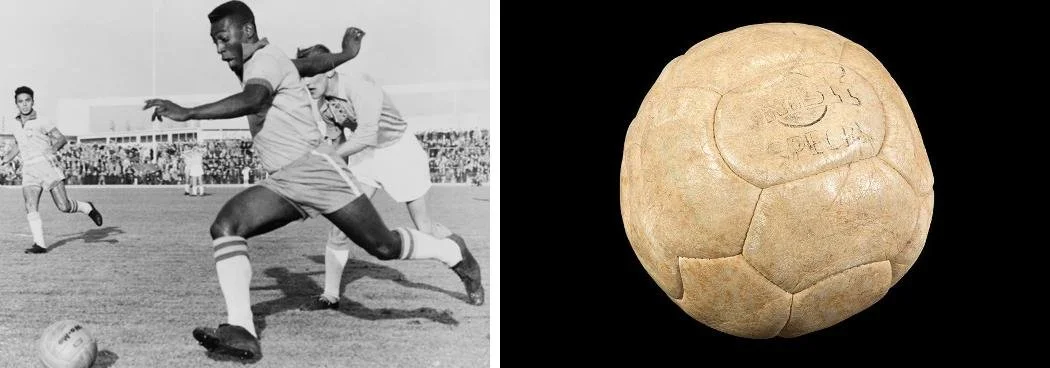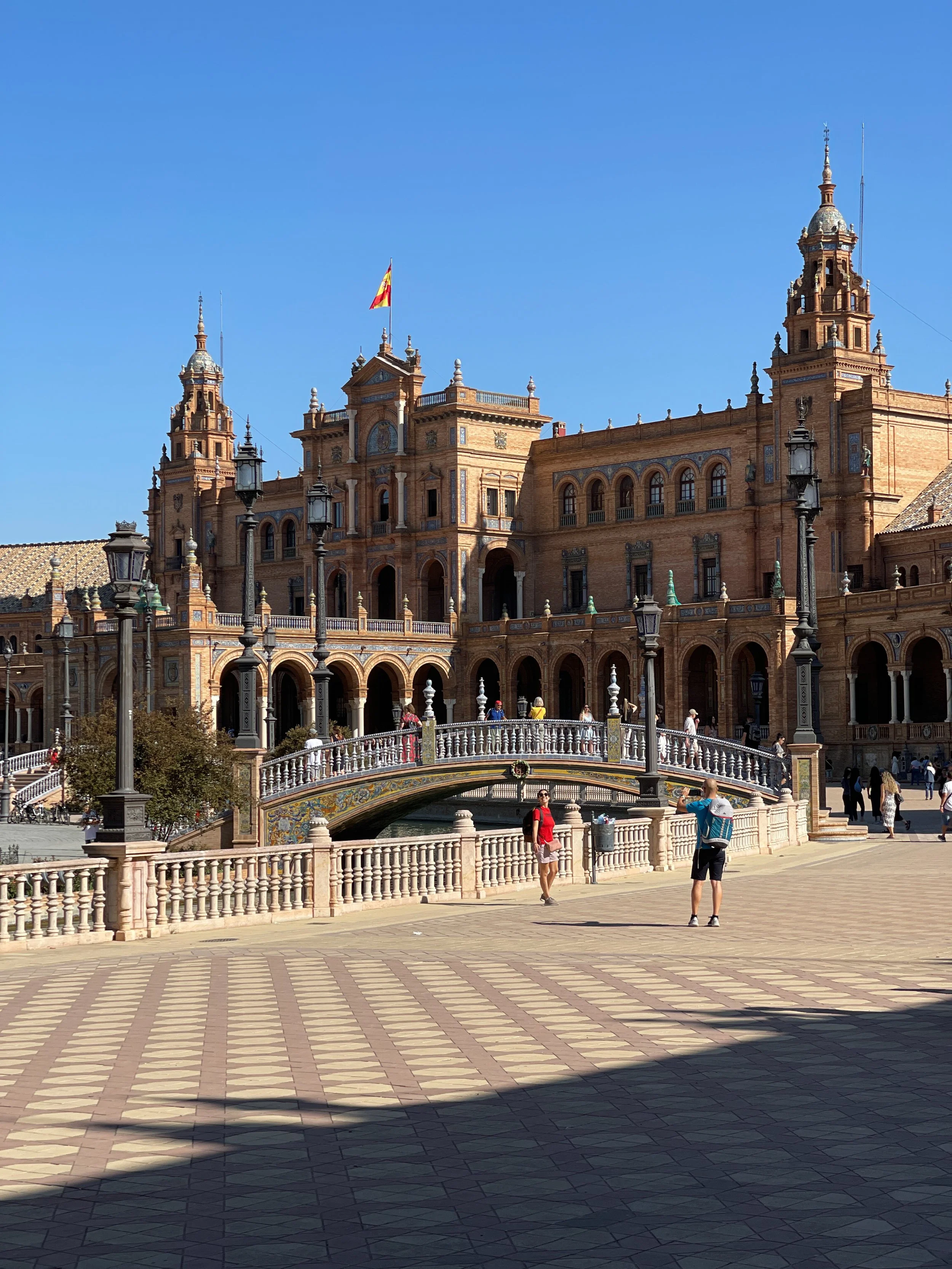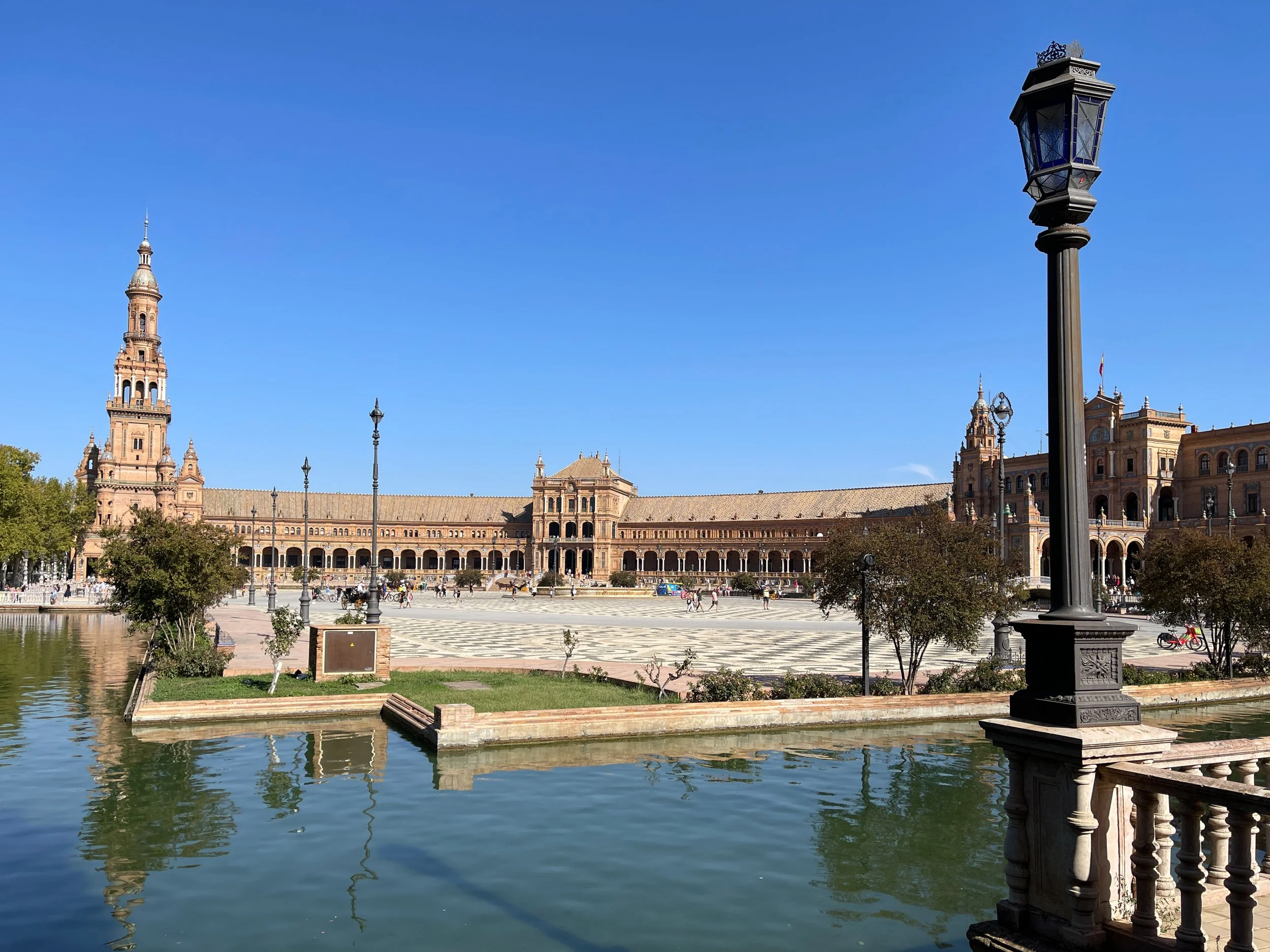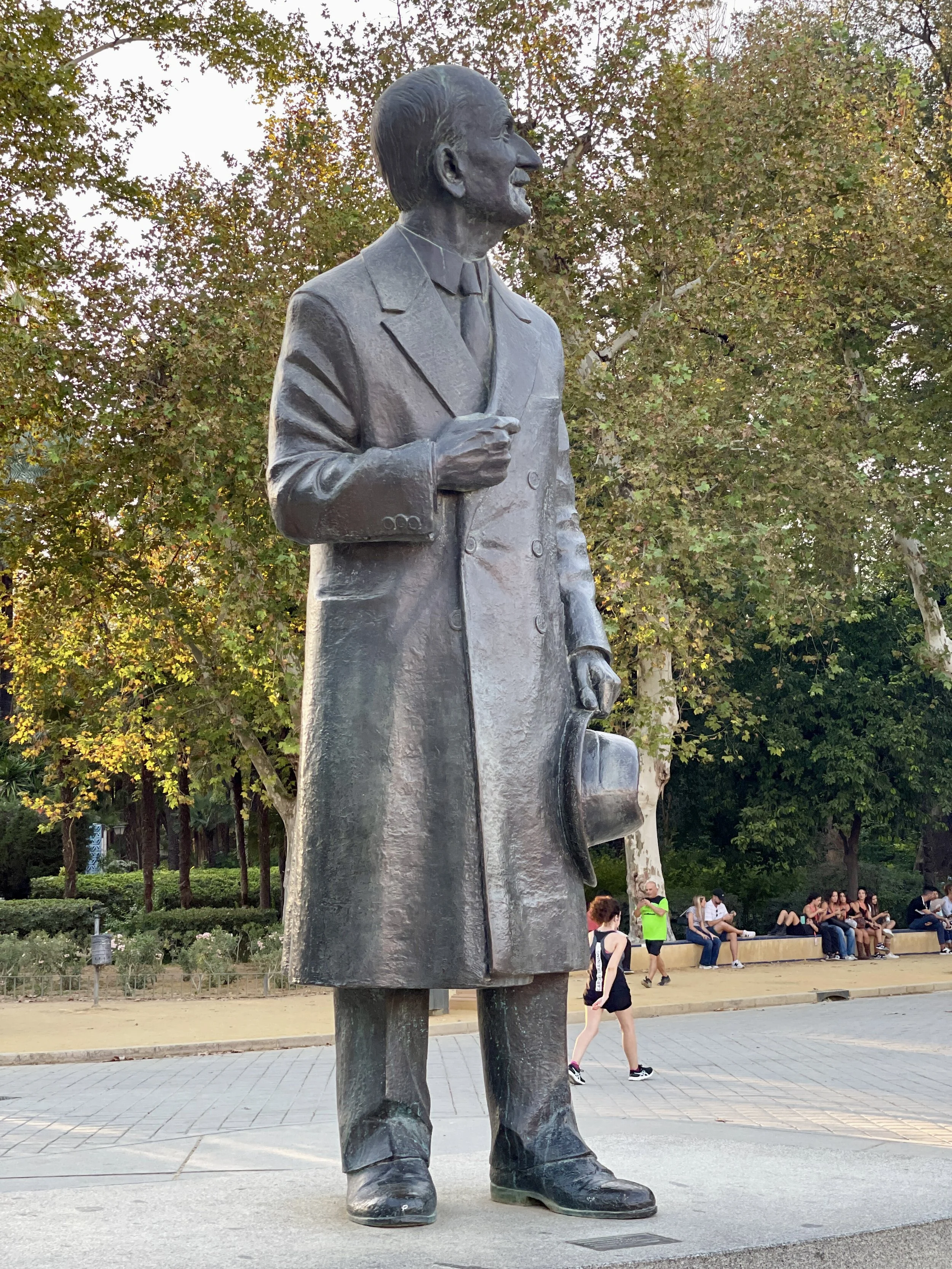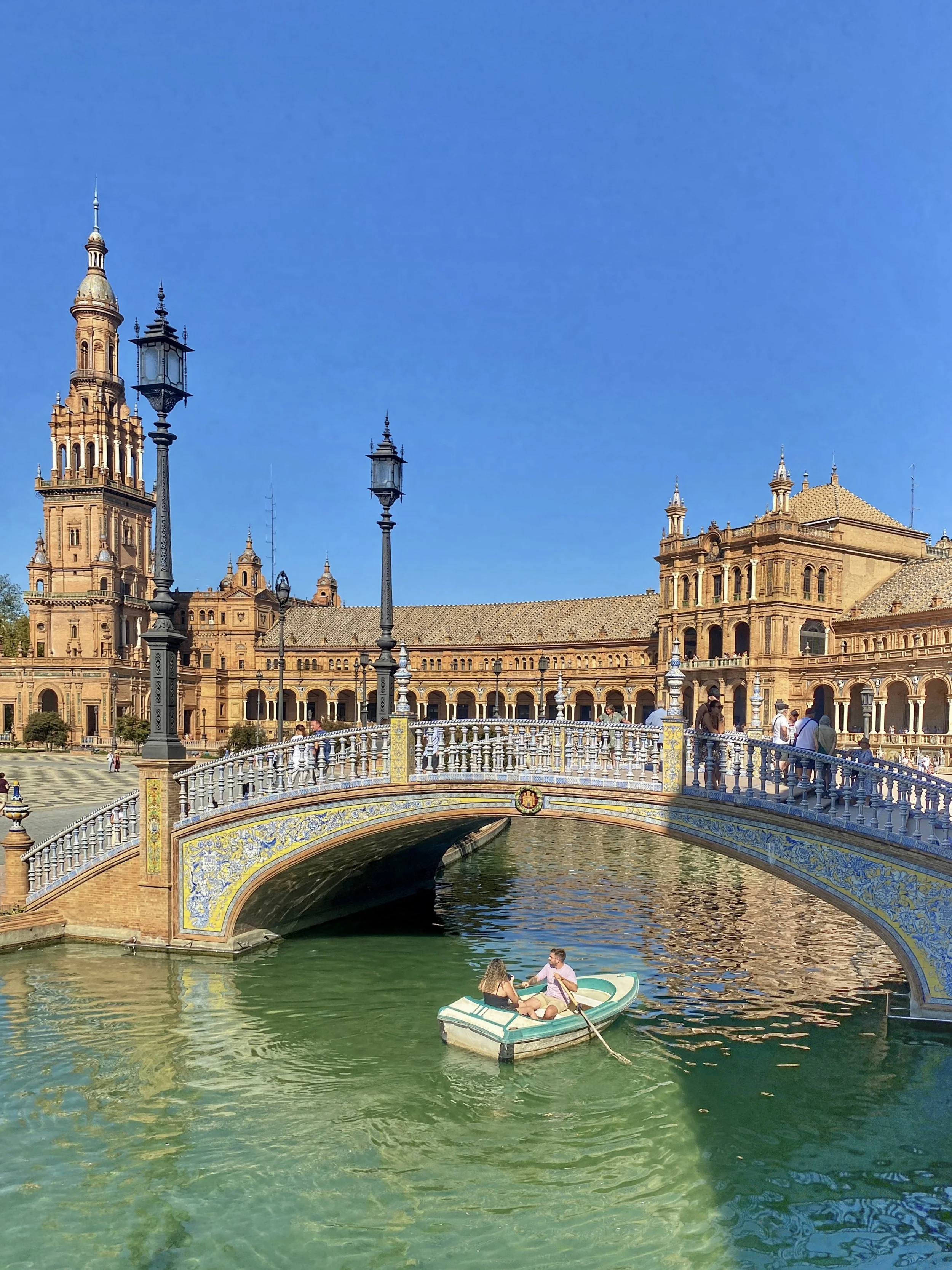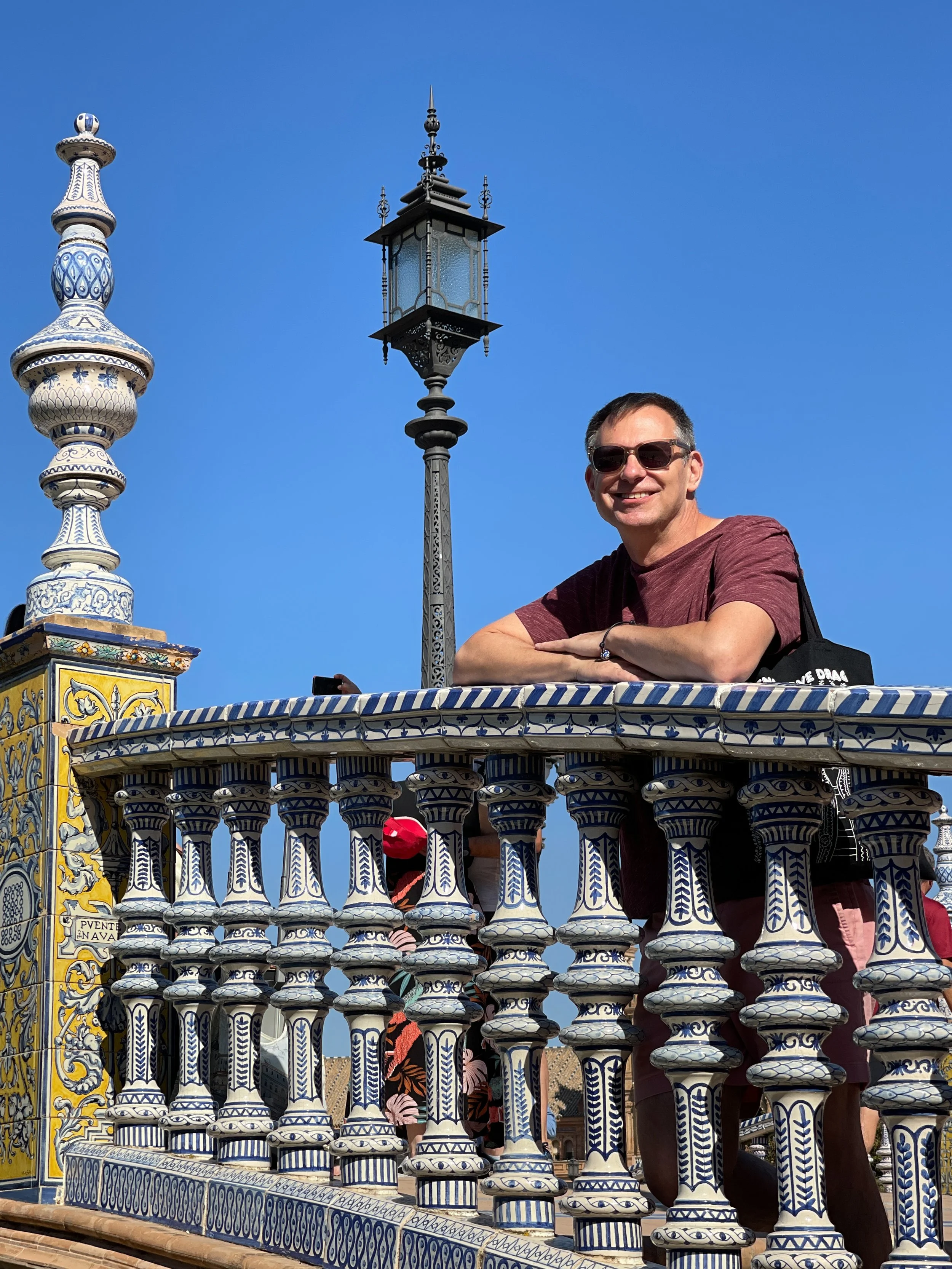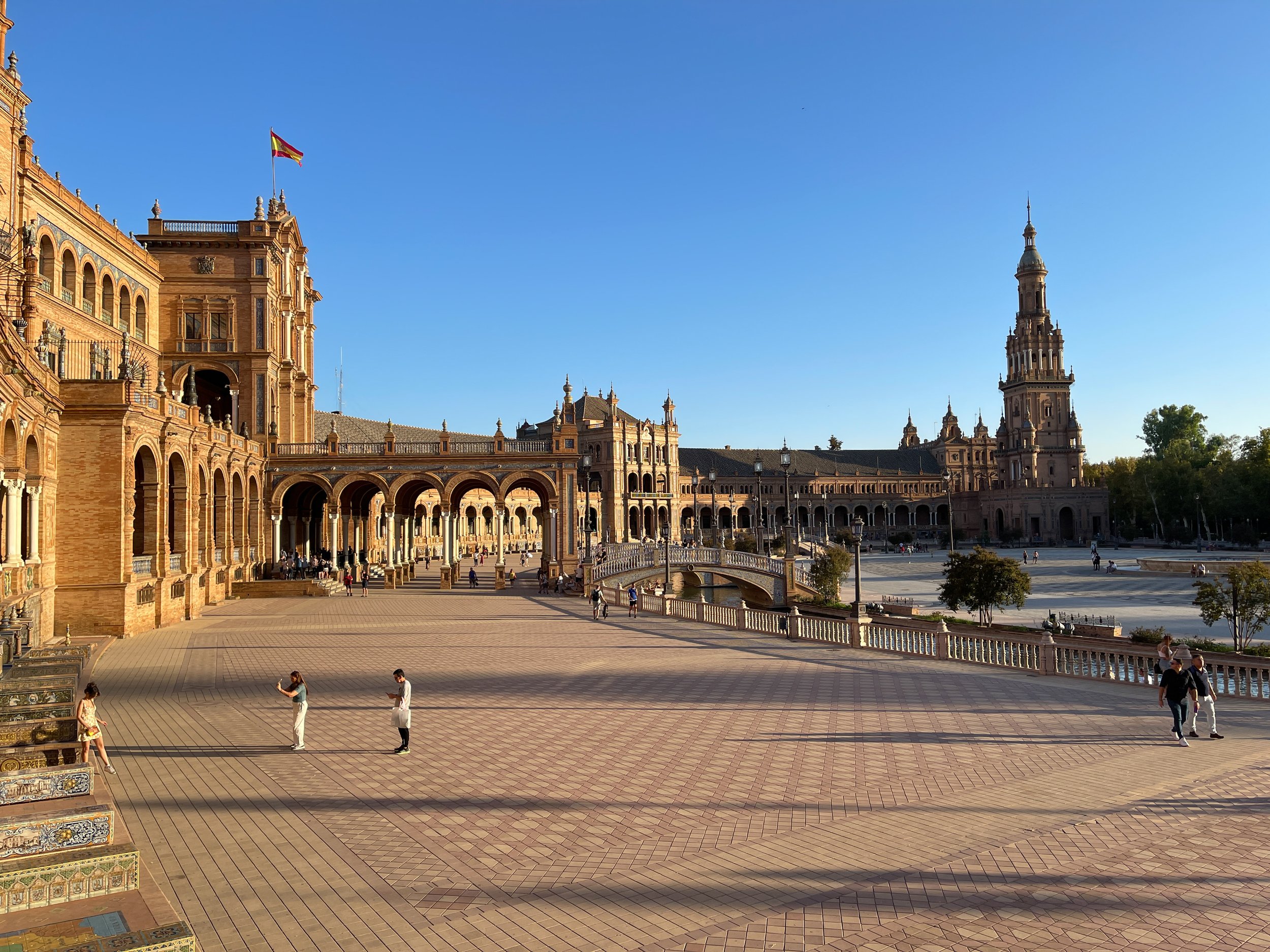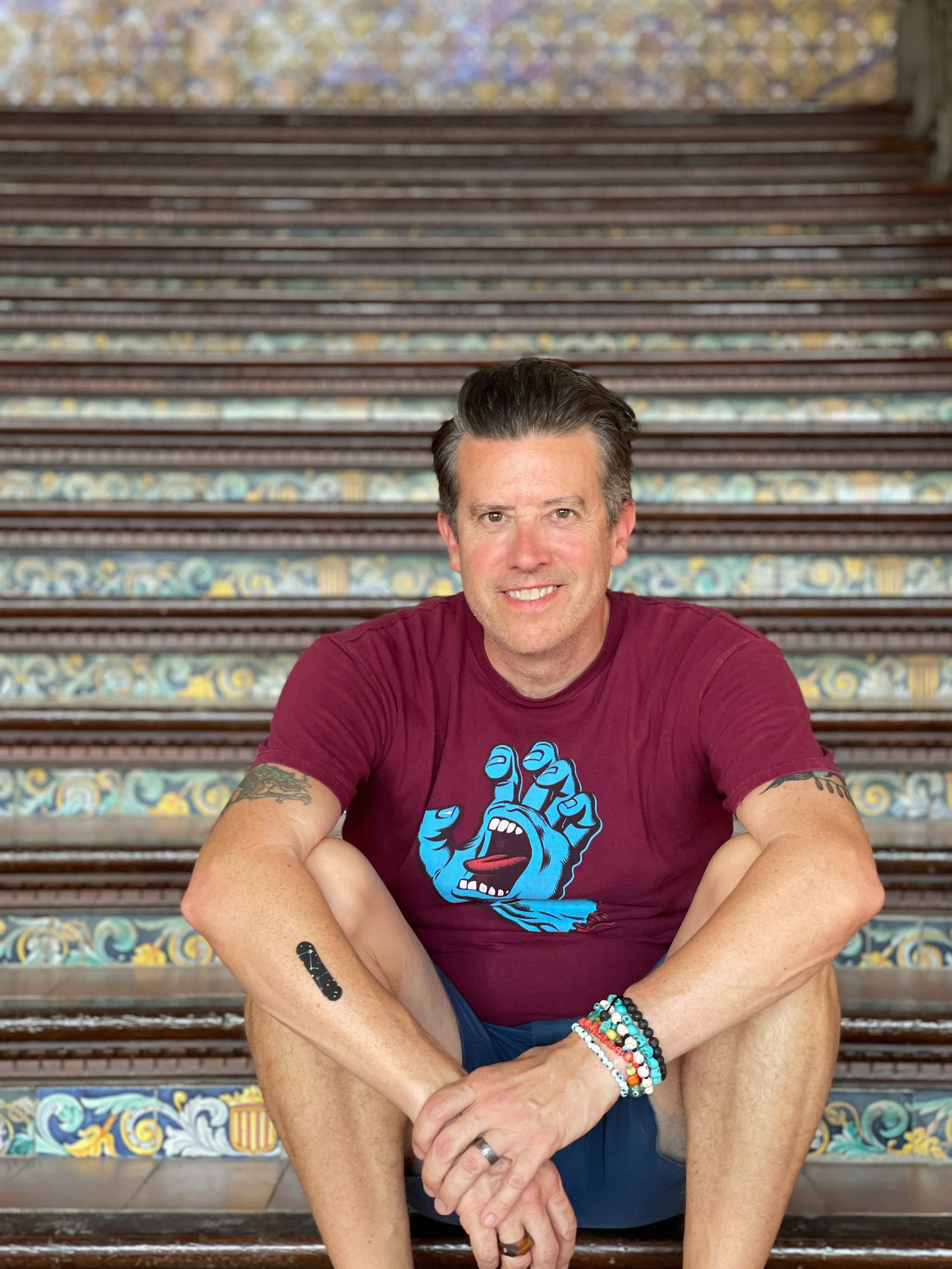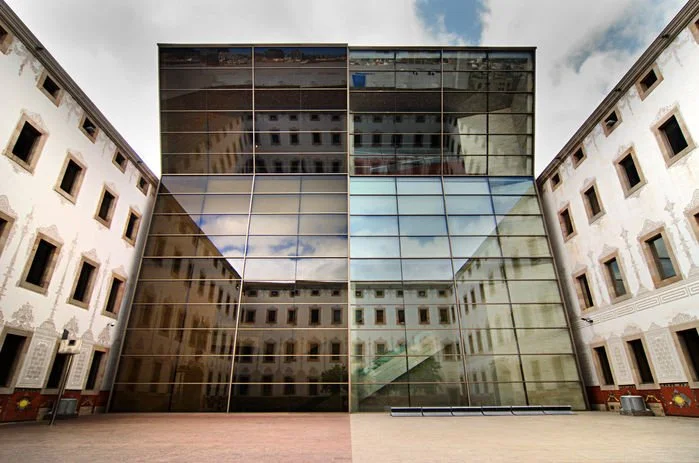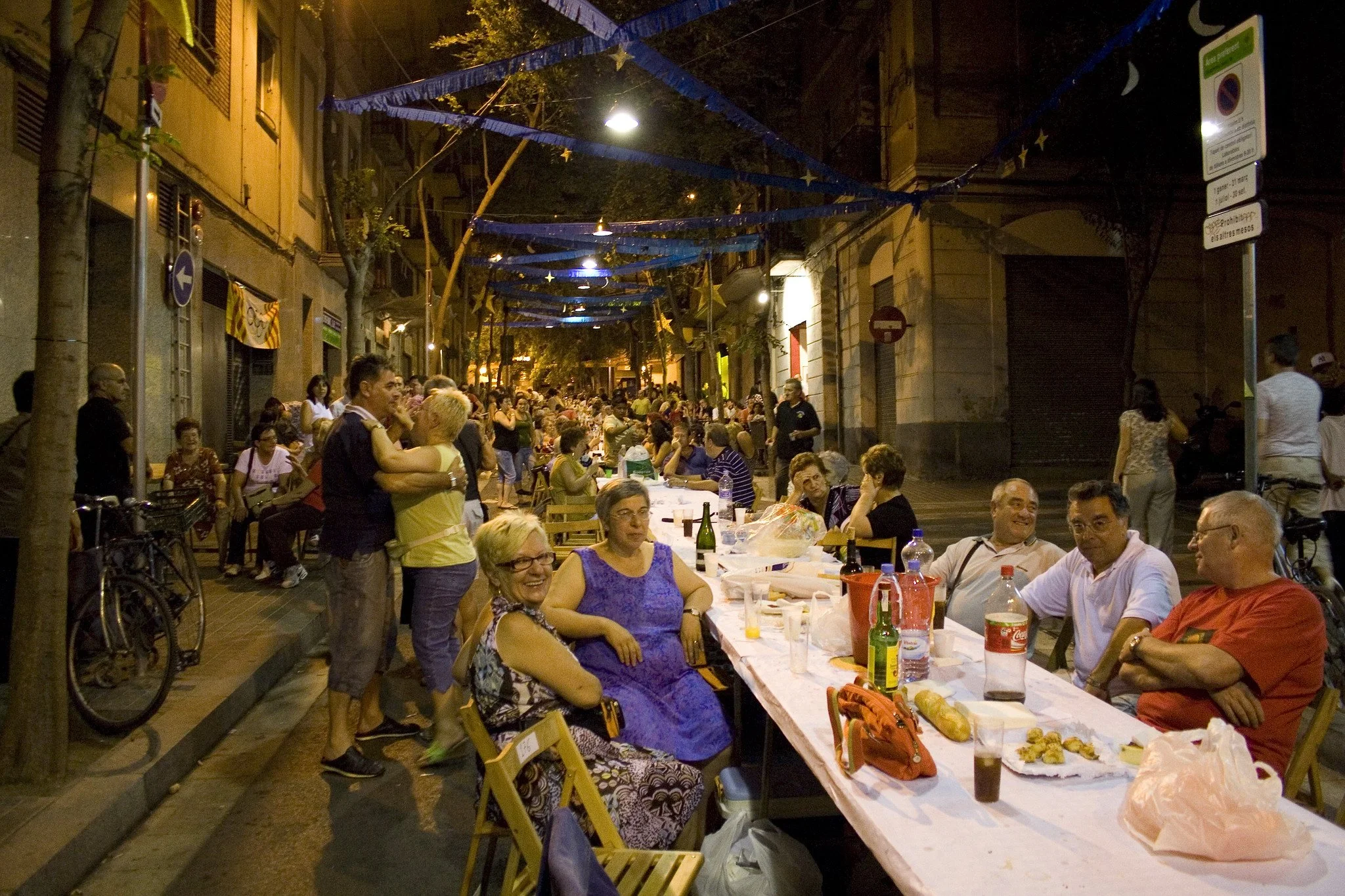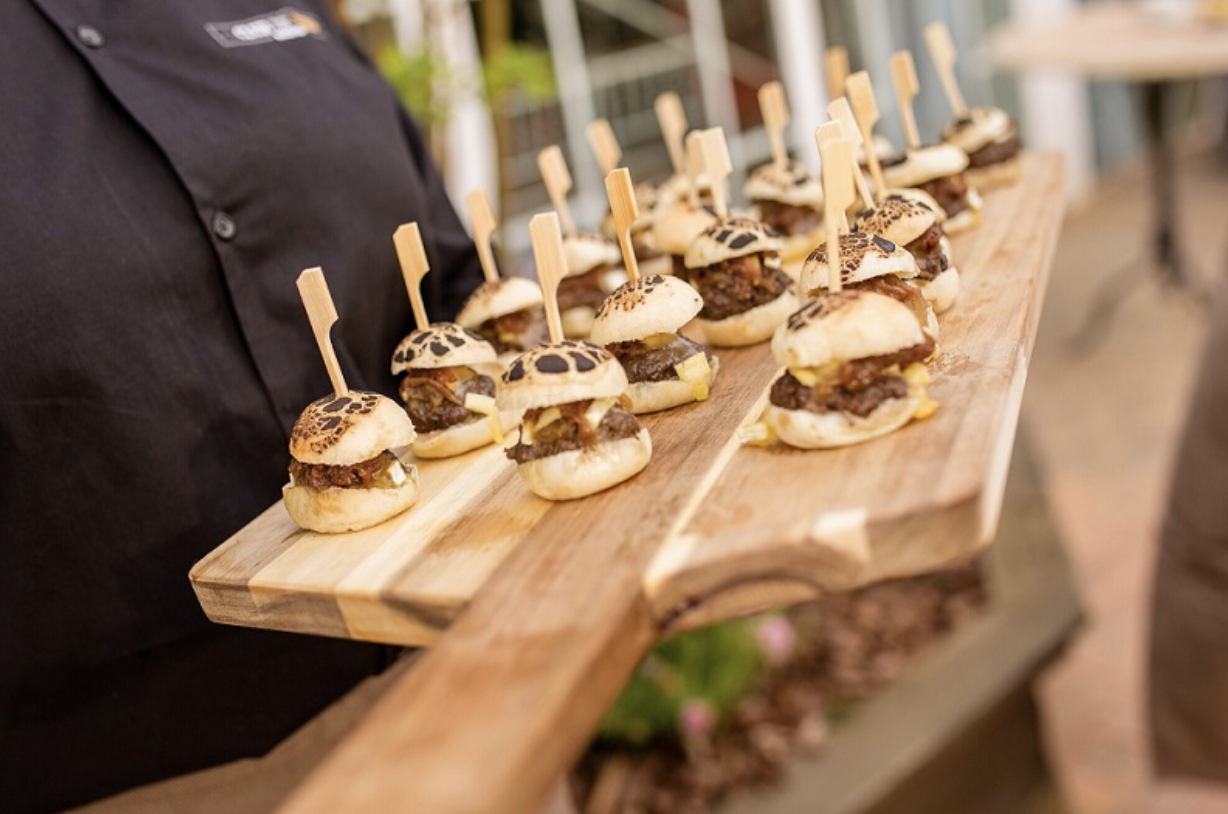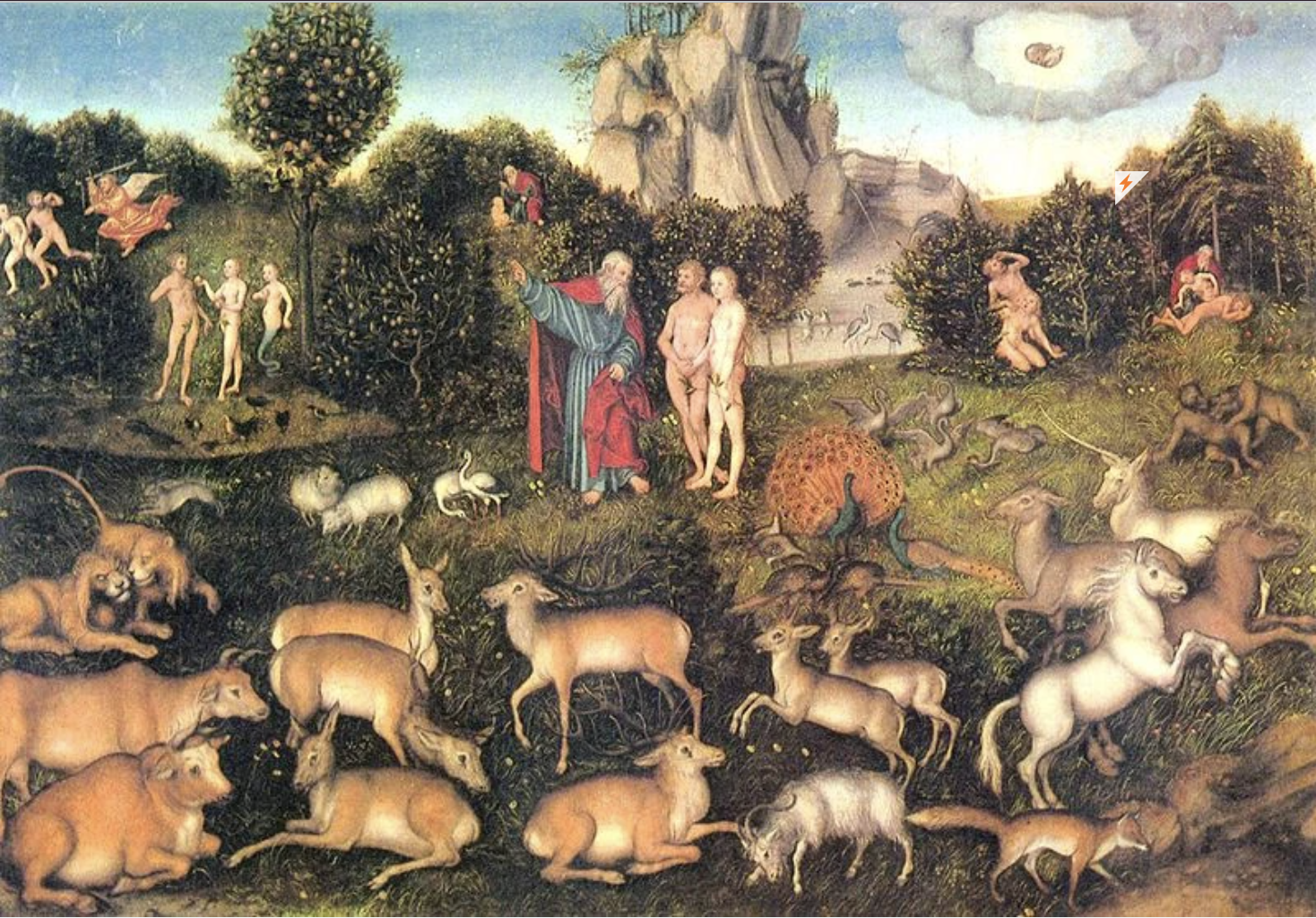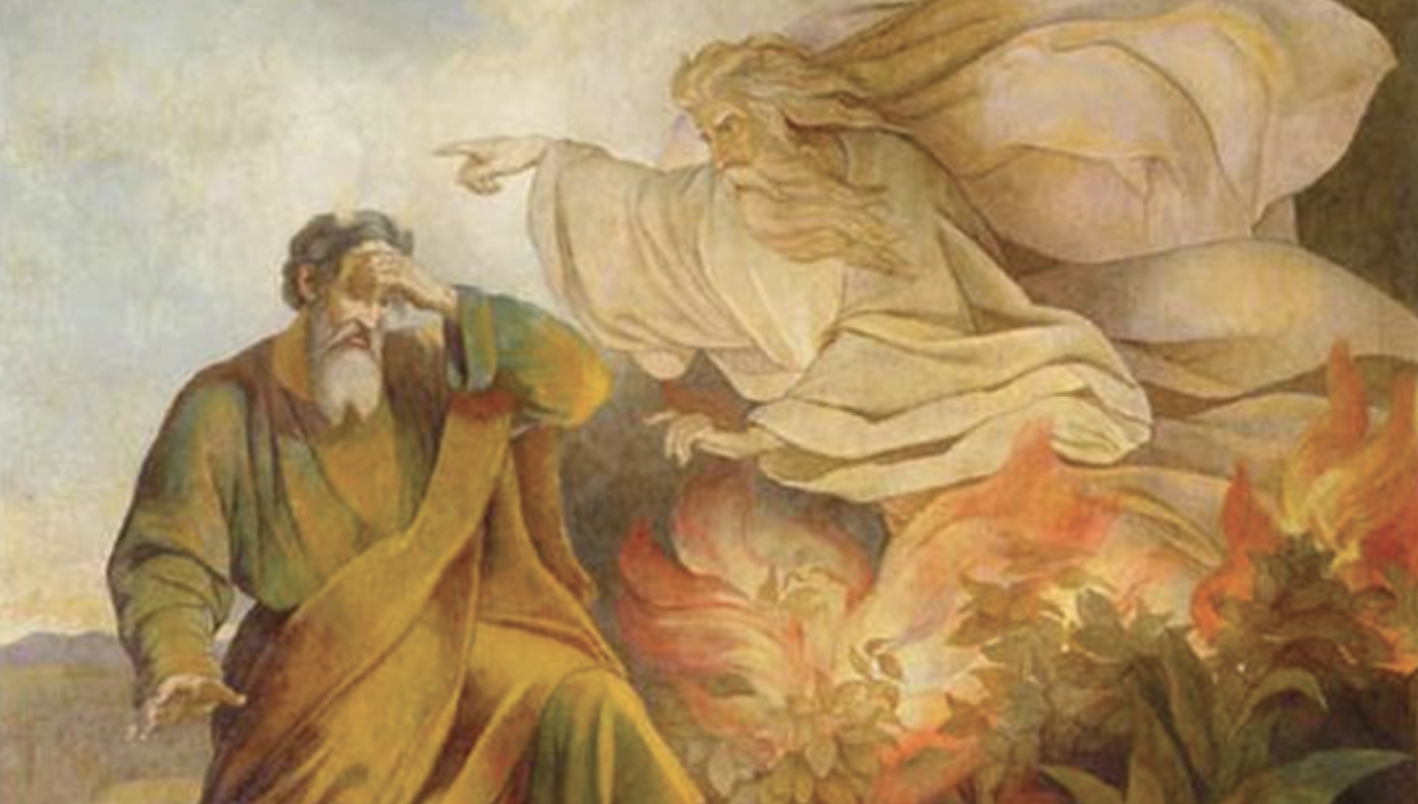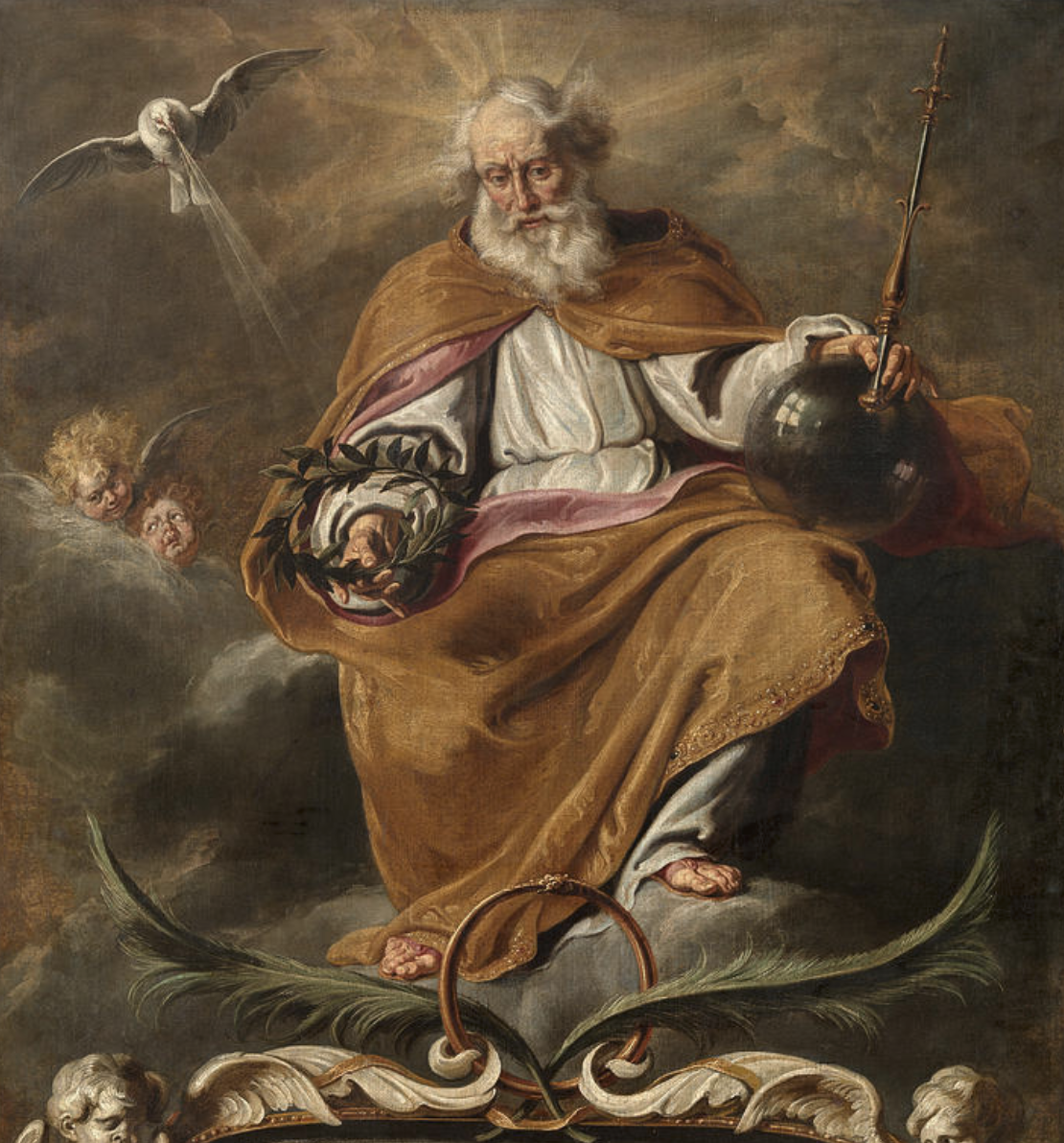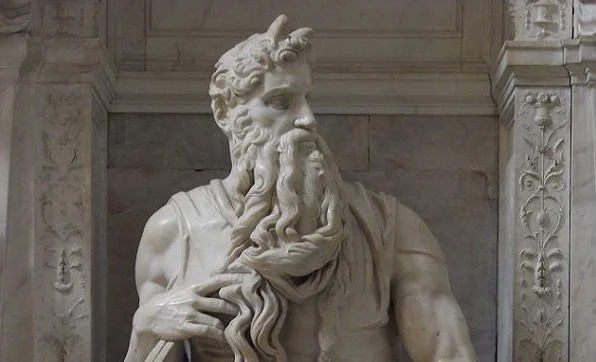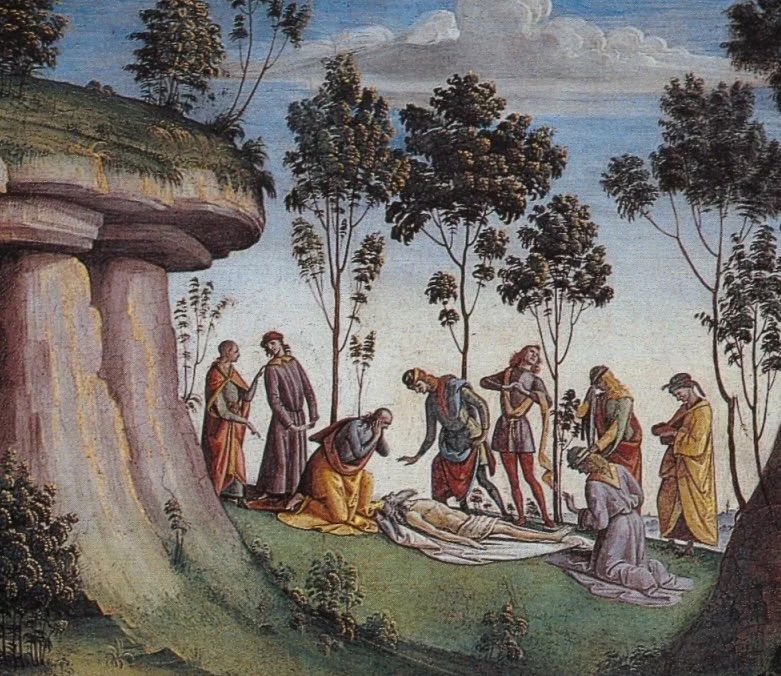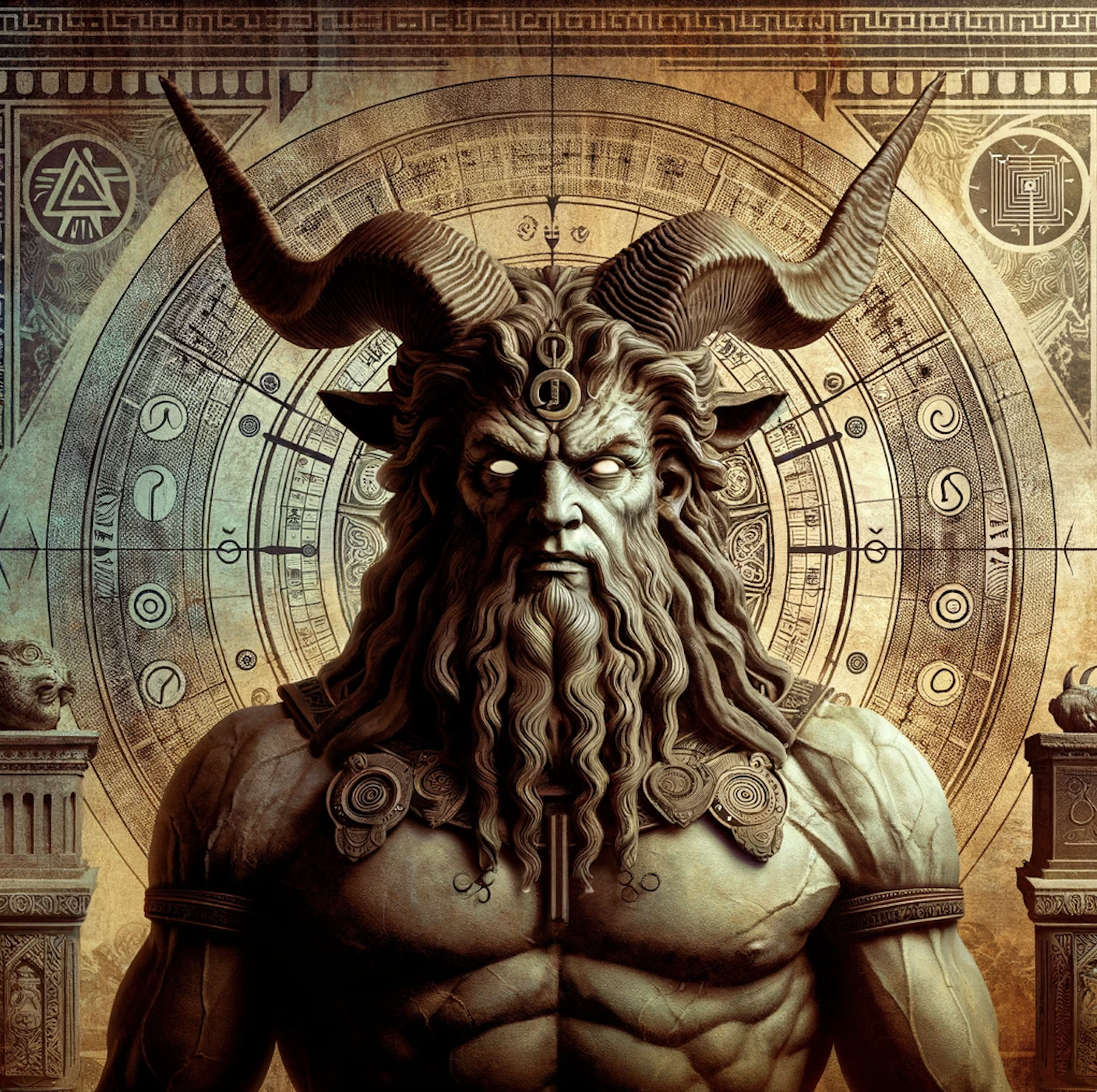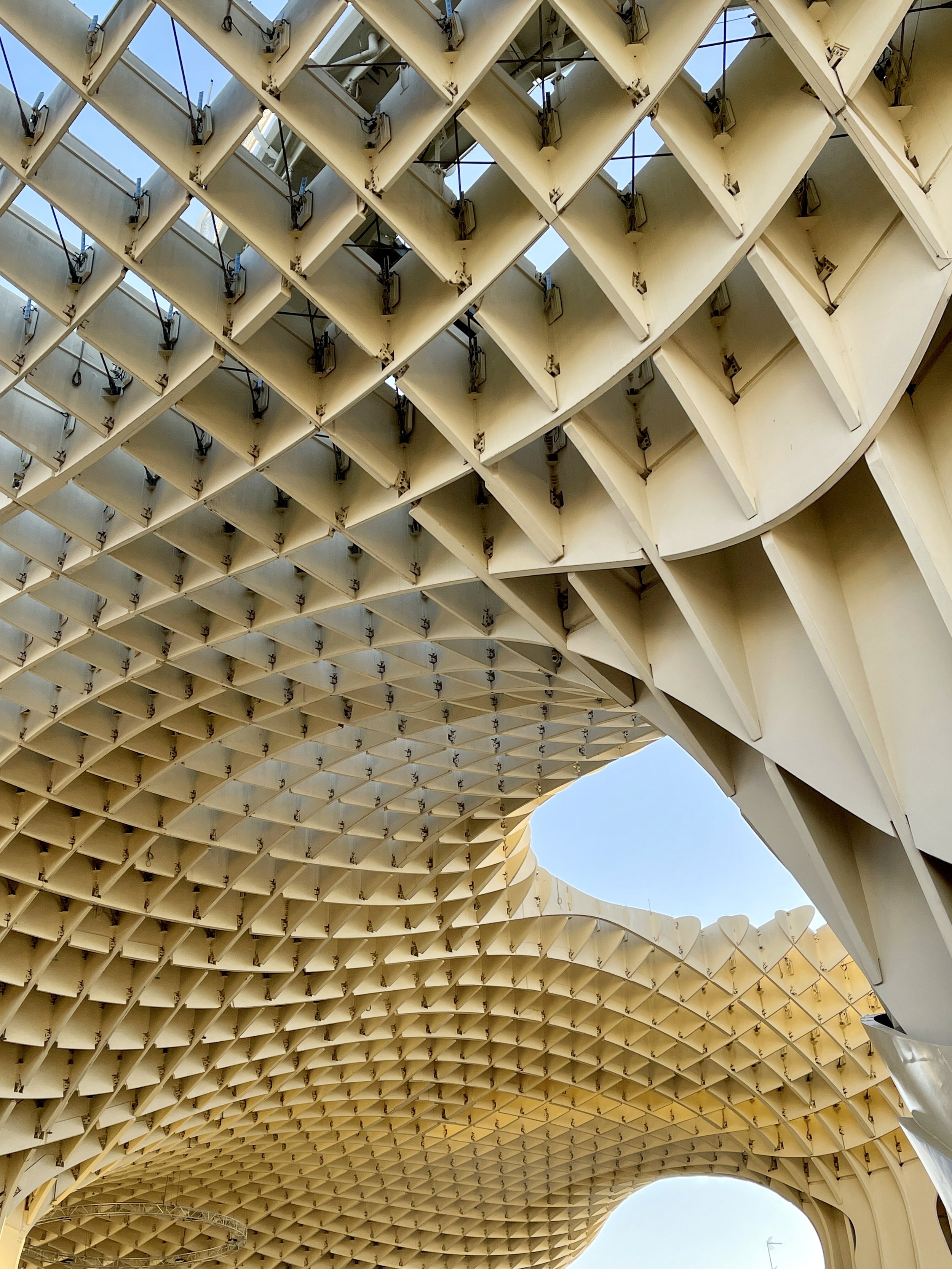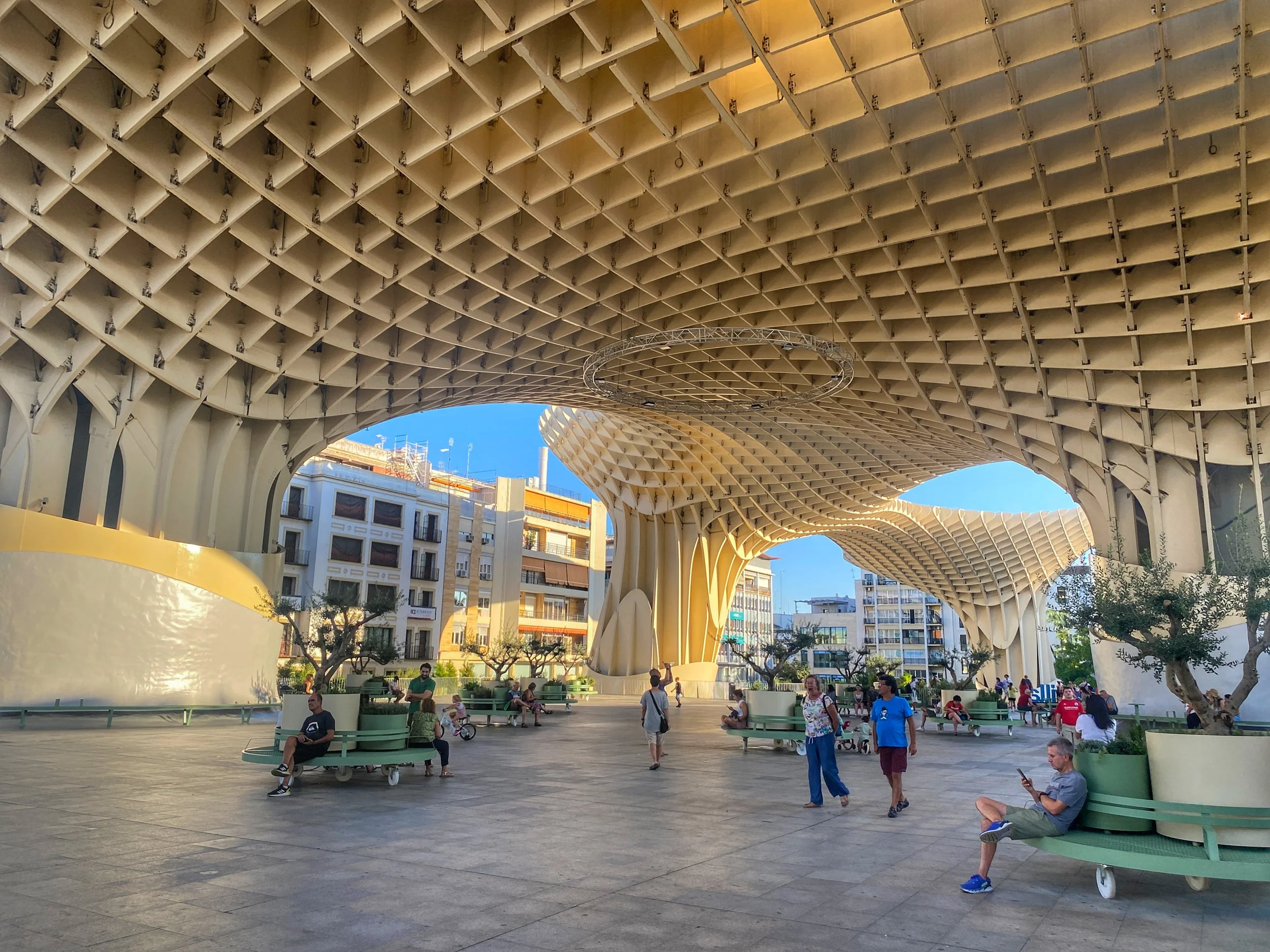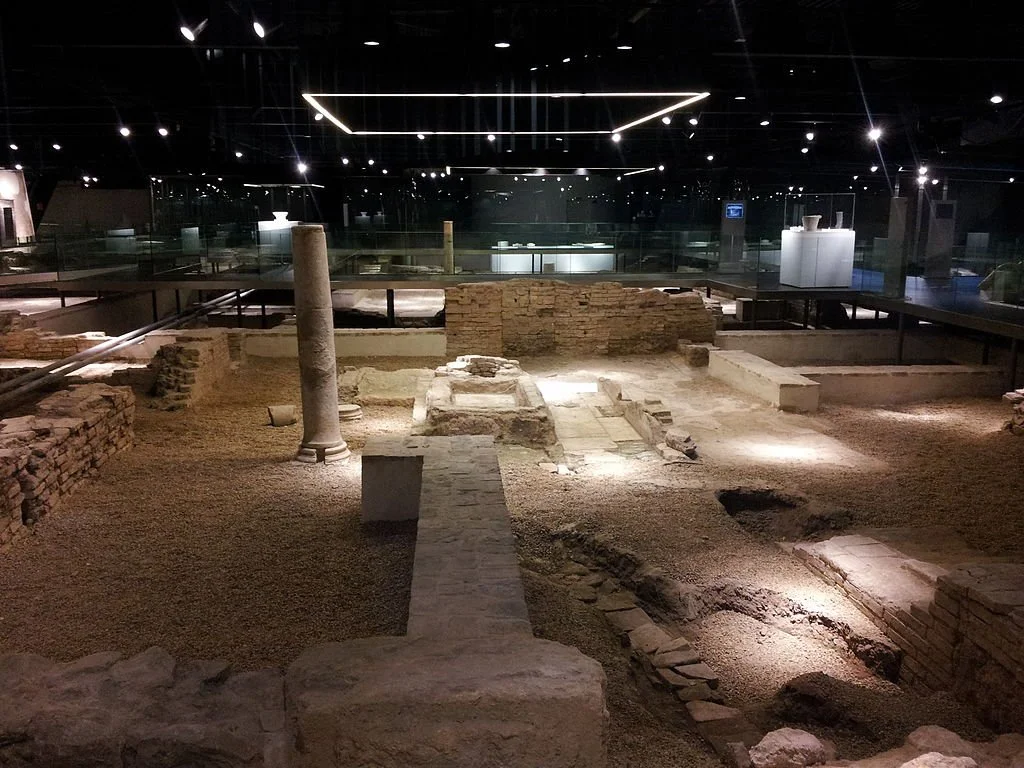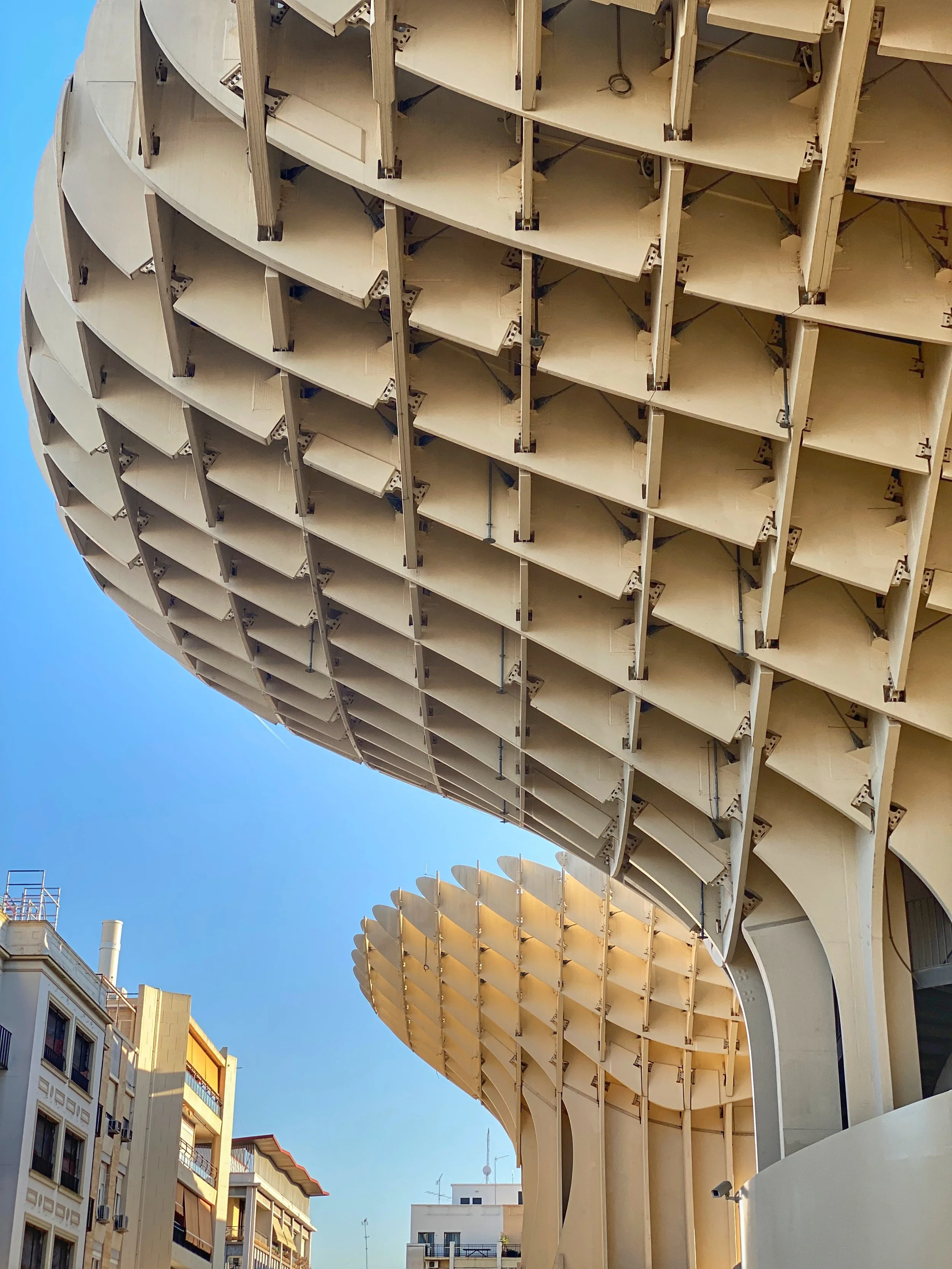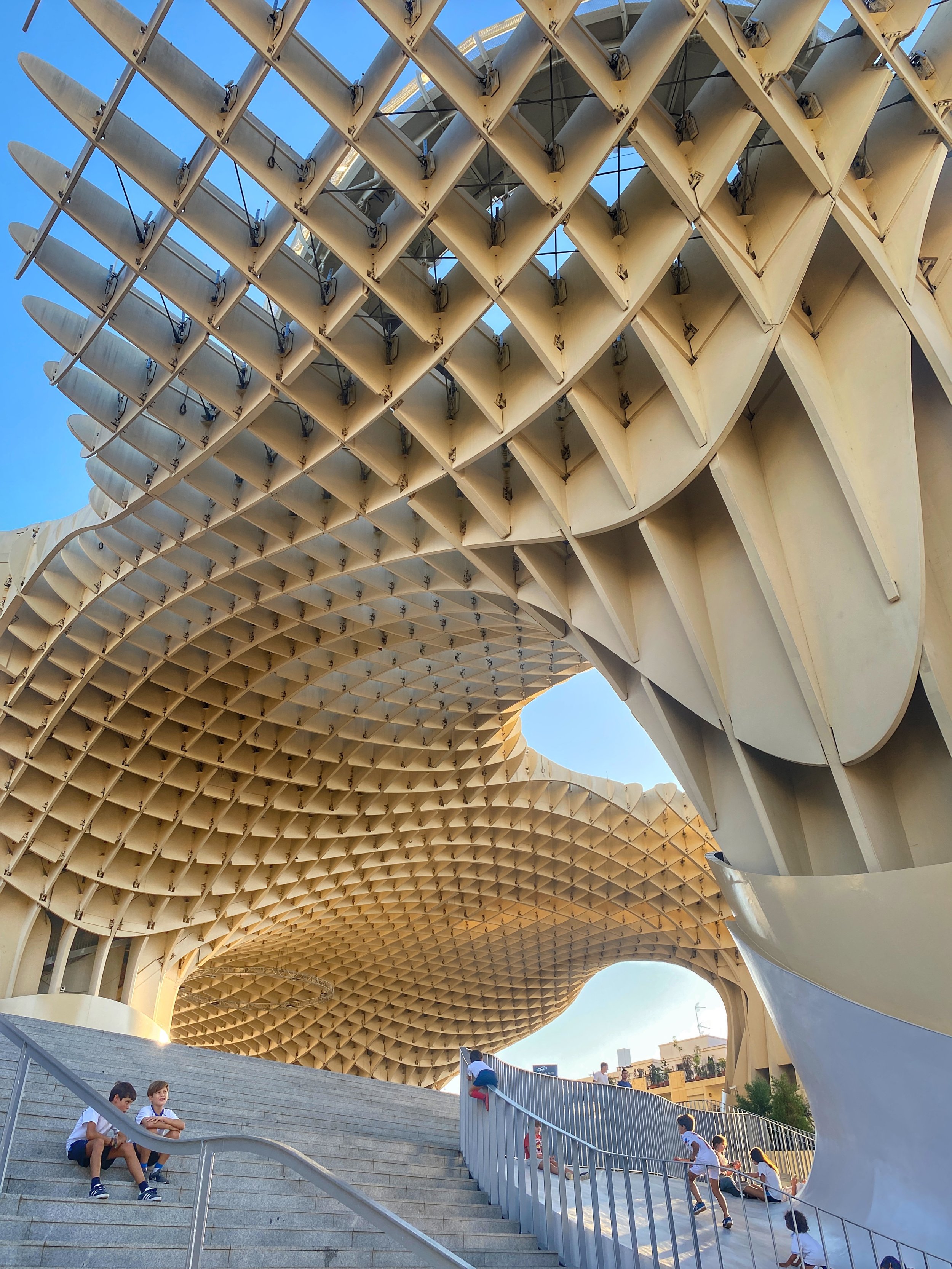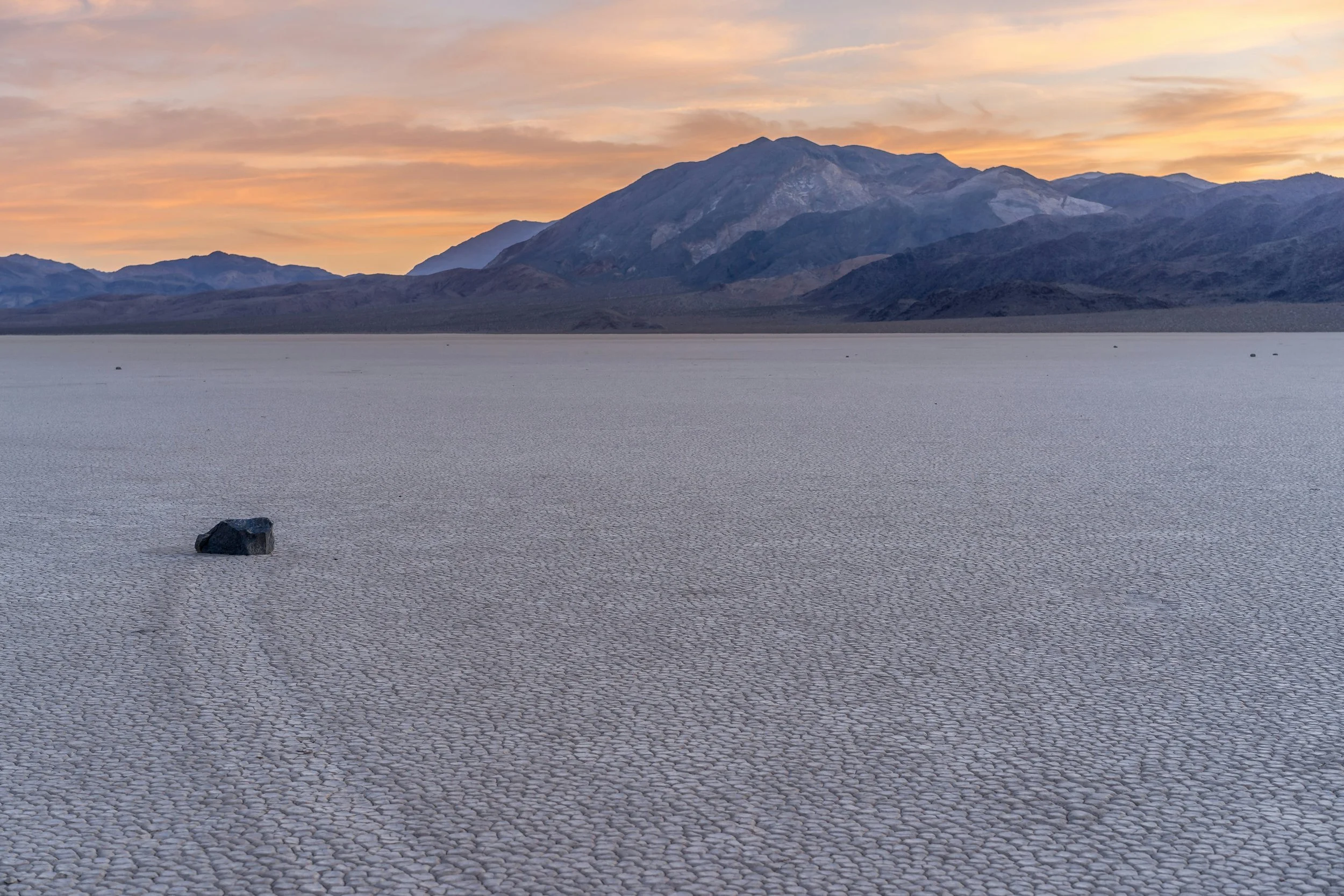From a bitten-off ear to Air Jordans, these sports artifacts have become the stuff of legends, marking record-breaking achievements, infamous incidents and pivotal games by Michael Jordan, Pelé, Babe Ruth and more.
Pelé, Michael Jordan and Babe Ruth are all connected with some of the world’s most famous (and sometimes strange) sports memorabilia.
Sports memorabilia offer a unique glimpse into the history of athletics, capturing moments of triumph, controversy and sheer oddity. From iconic game-worn gear to objects shrouded in superstition, these items tell the stories of the athletes and events that have left an indelible mark on sports history.
Evander Holyfield’s Ear, Bitten Off by Mike Tyson
In one of the most shocking moments in boxing history, Mike Tyson went full-on Hannibal Lecter and bit off a piece of Evander Holyfield’s ear during their 1997 bout. After the chomp heard ’round the ring, the piece of ear was retrieved from the canvas and sent to the hospital with Holyfield — but doctors were unable to reattach it. This body part has become an infamous piece of sports memorabilia, symbolizing one of the sport’s most controversial incidents. Tyson was disqualified from the fight, and the resulting shock shook the boxing community to its core.
Barry Bonds’ Controversial Asterisk Ball
When Barry Bonds hit his 756th home run, surpassing Hank Aaron’s long-standing record, controversy wasn’t far behind. The ball, marked with an asterisk, represents the widespread debate over Bonds’ alleged use of performance-enhancing drugs. Still, the famous ball was purchased for $752,467 and later donated to the National Baseball Hall of Fame in Cooperstown, New York. The asterisk on the ball serves as a reminder of the era’s contentious legacy and the ongoing debate about Bonds’ place in baseball history.
Diego Maradona’s “Hand of God” Ball and Jersey
Diego Maradona’s “Hand of God” goal during the 1986 World Cup quarterfinals against England is one of soccer’s most legendary (and infamous) moments. Using his hand to punch the ball into the net, Maradona’s cheeky maneuver went unnoticed by the referees, leading to a goal that left England fuming and Argentina cheering. The ball and the jersey worn by Maradona during that match have become iconic artifacts. The jersey sold for $9.3 million at auction in 2022, while the ball fetched nearly $2.4 million the same year.
Paul “Bear” Bryant’s Houndstooth Hat
Paul “Bear” Bryant, one of the most successful college football coaches, is often remembered for his signature houndstooth hat. This hat has come to symbolize Bryant’s legacy at the University of Alabama, where he won six national championships. The hat remains a cherished piece of memorabilia, representing Bryant’s enduring influence on college football. Where to see it? It’s on display at the Paul W. Bryant Museum at Bama in Tuscaloosa, Alabama.
Kirk Gibson’s Pine Tar Bat
The L.A. Dodgers’ Kirk Gibson was called to pinch-hit in the bottom of the ninth with two outs during the 1988 World Series against the Oakland Athletics. Gibson, hobbling on injured legs — a strained left hamstring and a swollen right knee — hit a dramatic game-winning homer using a bat coated with pine tar for a better grip. The bat sold at an auction for $575,912 and is now a treasured piece of memorabilia symbolizing Gibson’s grit and determination in one of baseball’s most memorable moments.
The “Curse of the Bambino” Piano
Legend has it that in 1919, the Boston Red Sox made a fateful decision that would haunt them for nearly a century. They sold Babe Ruth, one of baseball’s greatest players, to the New York Yankees. This transaction not only shifted the balance of power in baseball but also gave rise to the infamous “Curse of the Bambino.”
The curse began to weave itself into the very fabric of the Red Sox’s identity, as the team went without a World Series title for 86 long years. Superstition and folklore became intertwined with this narrative, with one of the strangest tales involving a piano. It’s rumored that Babe Ruth, in a fit of frustration, threw a piano into a pond on his Sudbury, Massachusetts farm. Despite various searches and efforts to locate it, the piano has never been found — but it has become a symbol that marks the beginning of the Red Sox’s misfortunes.
As fans look back on these monumental moments, many find that Massachusetts sports betting offers a new way to experience the games. It allows them to predict and partake in potential new chapters of success, much like spectators of the past who witnessed the curse’s end, when the Red Sox won the 2004 World Series.
Brazil’s Cursed Jersey of the 1950 World Cup
In one of the greatest upsets in World Cup history, Uruguay defeated Brazil in the 1950 final, an event forever etched in memory as the Maracanazo. Brazil, the overwhelming favorite, was left stunned by Uruguay’s shocking victory. The jersey worn by team Brazilian captain Augusto da Costa during this match is believed to be cursed, embodying the sorrow and anguish of an entire nation, a relic of a day when dreams were shattered at the Maracanã Stadium. The jersey can be found at the Museu do Futebol (Soccer/Football Museum) in São Paulo.
Michael Jordan’s Flu Game Shoes
During Game 5 of the 1997 NBA Finals, Michael Jordan played through severe flu-like symptoms to lead the Chicago Bulls to victory. The sneakers Jordan wore during this “Flu Game” (black and red size 13 Nike Air Jordan XIIs) are one of the most iconic pieces of sports memorabilia, sold at auction for $104,765. These shoes represent Jordan’s unparalleled willpower and legendary status in basketball history.
Pele’s 1,000th Goal Ball
On the evening of November 19, 1969, the legendary Pelé, one of soccer’s greatest players, stood poised on the brink of history. The Maracanã Stadium in Rio de Janeiro buzzed with anticipation as Pelé’s team, Santos, faced off against Vasco da Gama.
In the 34th minute, Pelé seized his chance. A perfectly placed pass found its way to his feet. With the grace and precision that defined his career, he danced past defenders and drove the ball into the net, scoring his 1,000th goal. The stadium erupted in celebration, a wave of euphoria washing over the crowd as Pelé, overwhelmed with emotion, lifted his arms in triumph.
The ball used in this historic moment isn’t just a piece of leather but a cherished artifact, celebrating Pelé’s incredible career and his indelible impact on the sport. It’s preserved at the Museu do Futebol (Museum of Football) in São Paulo, serving as a testament to the magic of that night and a beacon of Pelé’s legacy in the world of soccer.
Tony Hawk’s First Skateboard
On a summer evening in 1999, at the X Games in San Francisco, Tony Hawk etched his name into the annals of sports history: After nearly a dozen failed attempts, Hawk nailed the elusive 900, a trick that involves completing two and a half mid-air revolutions on a skateboard. He was the first skateboarder in history to do so in competition.
Hawk’s first skateboard, a Bahne model given to him by his brother Steve in 1977, holds a special place in the Smithsonian National Museum of American History’s collection. This board, which Hawk learned to ride as a child, symbolizes his early beginnings and significant contributions to skateboarding. Before donating it, Hawk took one final ride on the board during the Innoskate festival, celebrating his innovative spirit and impact on the sport
These pieces of sports memorabilia are more than just objects; they’re tangible connections to some of the most memorable and peculiar moments in sports history. Each item holds a story, encapsulating the passion, controversy and unforgettable events that continue to captivate fans around the world. –Eduardo Solano










